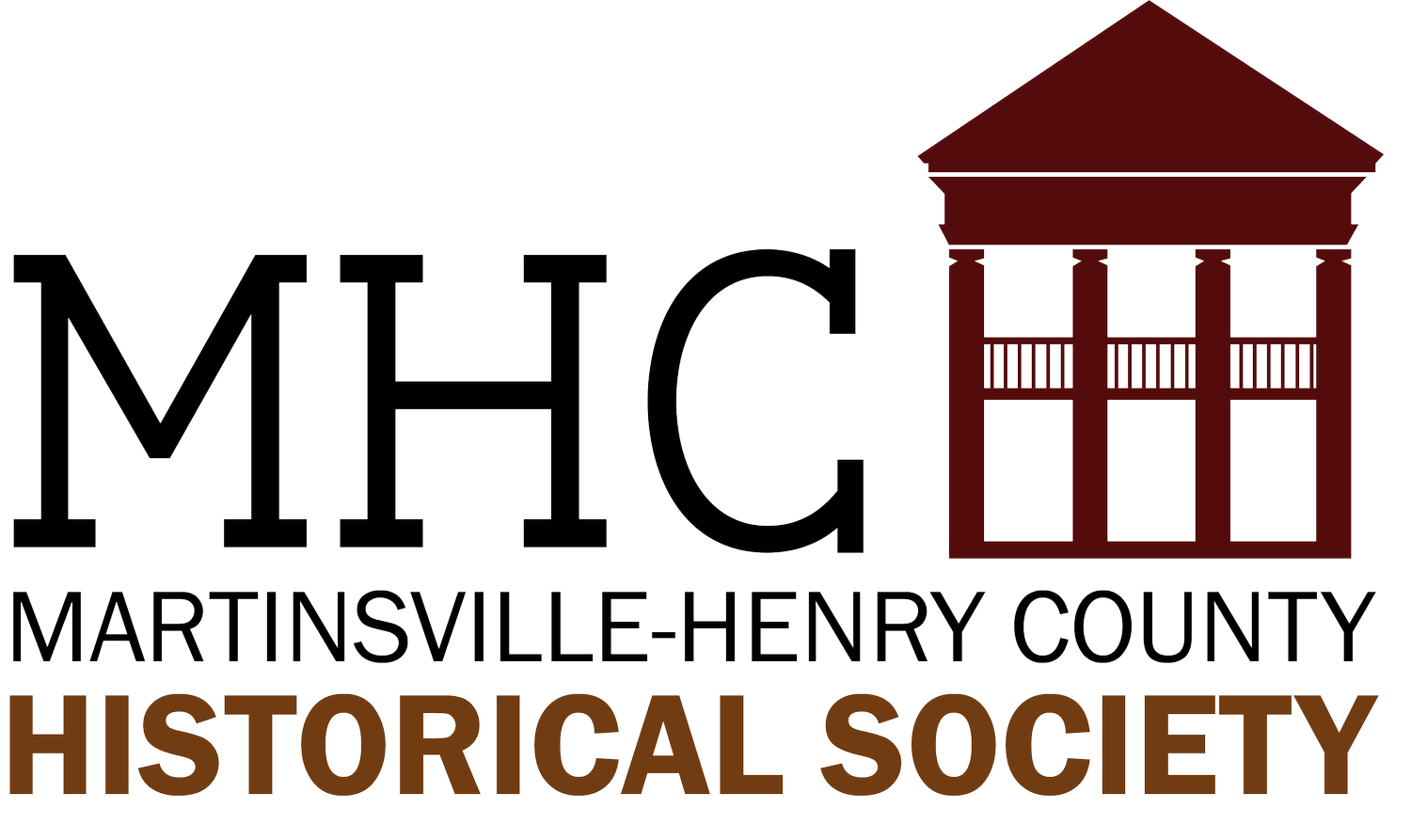The building of a unique mill town: Fieldale
By Bea Bullard, May 15, 2018
In the early 1900s, Marshall Field and Company wanted to expand their textile operations from North Carolina to another location. So they chose this beautiful valley of over 1,800 acres of corn fields with the Smith River, the railroad tracks of the Norfolk and Western and the Danville and Western following the river parallel to a dirt road of sorts. The houses would be terraced in an amphitheater effect on the gently sloping hillsides all facing the big mill in the beautiful valley. The plan was to make this new town one of the most attractive ever built, and one of the most economical for working people to live in.
Marshall Field died in 1906 and John G. Shedd became President of Marshall Field and Company. From the very beginning, the company took care of our needs. The business district would include a post office, grocery store, furniture store, hotel, shoe shop, barber shop, drug store, produce store, theatre and a bank – everything needed to establish a community.
Health care was provided by a Company Doctor and Nurse who made house calls. The land was donated for a four-room school which was built and enlarged as the need arose until we had all grades through a four-year high school. The company provided fuel and paid the electric bills for the school. They built two churches (a Baptist and a Methodist), on the crest of Church Hill Road, and provided financial assistance to pay the Pastors until the churches could become self-supporting. Company officials were active in the churches serving as leaders and teachers.
To illustrate the generosity of the Company, the Mill workers lived in comfortable homes paying a modest rent. When the company sold the houses to employees, the rent paid was deducted from the selling price of the houses. Residents borrowed money from the Bank of Fieldale based on the judgment of Mr. S. Sutton Flythe, Sr. and a handshake. The people had little collateral, so money was loaned based on the individual’s character.
The company built the Y.M.C.A. (now the Community Center), and later added two regulation size pools operated by the center. Sidewalks were added around town and Fieldale was the first in the area to have public water and sewage.
It is impossible to name all of the blessings we received as residents of this community built by Marshall Field and Company. Early on, the residents lived here as one big happy family where people cared for each other. The personal qualities of leadership and public spirit of the mill officials made their mark on Fieldale and their influence has continued down through the years.
In the 1950s Marshall Field’s Mill was sold to Fieldcrest Mills and in 1985 Fieldcrest merged with Cannon. In 1997 Fieldcrest Cannon was purchased by Pillowtex Corporation which closed in 2003, ending the thriving community as we have known it for almost a century. Since the closing of the mill Fieldale has lost its only remaining school. Many of the people who came to work in the early years of the mill, stayed to help build the community, and most stayed for their lifetime.
In December 2007, Fieldale was named to the State Historic Register and April 20, 2008, we were notified that Fieldale had been placed on the National Register.
